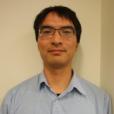
Radioanalytical Facility
ANSTO’s radioanalytical facilities are recognised internationally and have extensive experience in the measurement of radioactivity from a wide variety of matrices. Our primary radoianalytical techniques include gamma spectrometry and alpha spectrometry.








